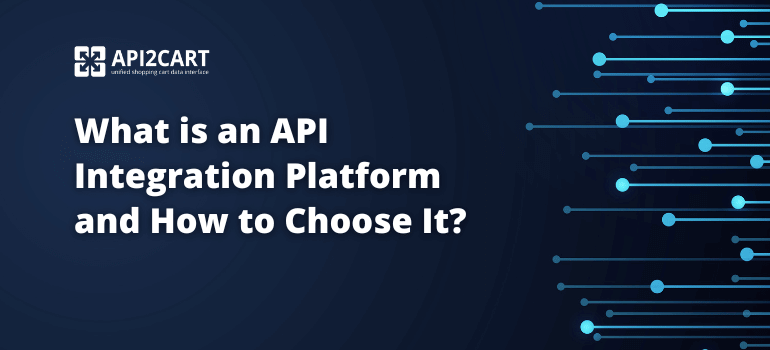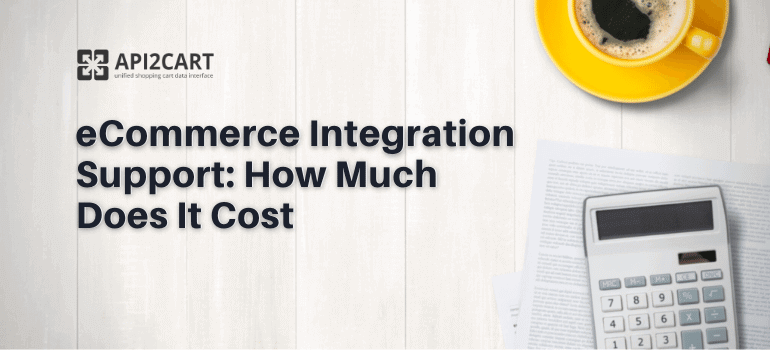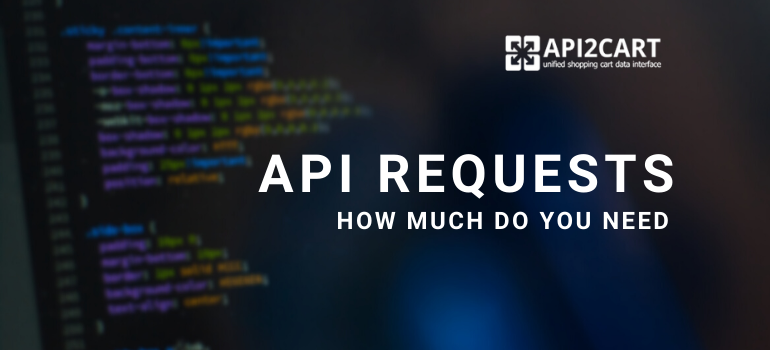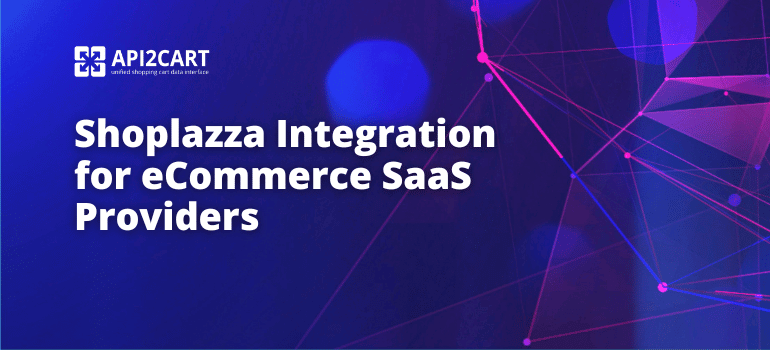
Are you an eСommerce software provider looking for more exposure of your business? You can integrate with Shoplazza, the world’s leading online global shopping cart solution and make your software available to thousands of e-retailers and increase profits.
However, given the complexities of getting into API development, connecting with Shoplazza may sound impossible. In this article, we will explain how to do that and review major points of Shoplazza integration development starting with understanding the platform API and finishing by overviewing tools like API2Cart, which facilitate the process.
What is Shoplazza?
As a global eСommerce platform, Shoplazza enables businesses to start, run, and expand their online stores no matter the size. It provides an all-inclusive toolbox.
Shoplazza is popular in various countries, with a particularly strong presence in:
-
China: These active stores are located in its home market.
-
Southeast Asia: Widespread in places such as Vietnam, Malaysia, and Indonesia.
-
North America: Potent market with rising adoption among the US and Canadian businesses.
-
Latin America: Potential emerging market with significant growth.
According to BuiltWith, Shoplazza currently powers more than 32,000 active online stores in 150 countries worldwide.
Top countries for stores using Shoplazza:
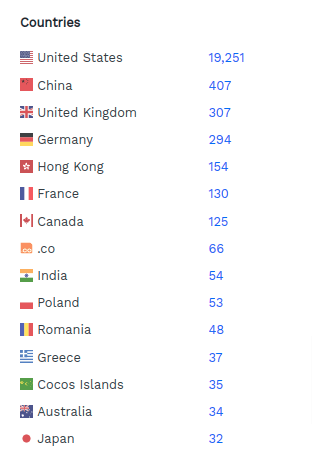
During Q3 2023, Shoplazza stores also increased by 72% from the last year. Those numbers show the huge influence that Shoplazza has.
Key Features and Capabilities of Shoplazza API
Shoplazza has a great API, which software developers could utilize for making custom apps. Therefore, we will focus on its key features and functions. First, it is responsible for data access and administration in the Shoplazza store. Such as products, orders, customers or financial data. Further, through this Shoplazza API, you can integrate your software with the platform. It implies that you can connect your ERP, payment gateway, shipping software or another exchange data-automating tool with Shoplazza.
Additionally, you can incorporate specific or exclusive attributes and capabilities to facilitate the particular needs of Shoplazza e-retailers.
Benefits of Shoplazza Integration for eCommerce Software Providers
API of Shoplazza has full functionality for data management that consists of create, read, update, and delete operations, as well as secure authentication.
Shoplazza API allows you to create new data entities, including products, orders and customers, among other resources. So, you would POST to /products in order to create a new product and pass the properties of your product in the request body.
The API allows the retrieval of data entities that exist. In order to get the details of a product, you will need to send a GET request to the /products/{productId} endpoint where {productId} is the unique identifier of that particular Product.
You can use PUT or PATCH requests to change the existing data. For example, to update the price of a product, you would send a put request to the /products/{productId} endpoint and add the new improved price in request body.
The DELETE method is a simple way of deleting data entities. To delete a product you send a DELETE request to the /products/{productId} endpoint.
Challenges of Shoplazza Integration
Integrating with Shoplazza can present several challenges for developers, including:
-
Complexity of API Structure: Shoplazza API is very big and complex, with hundreds of endpoints, multiple data formats and auth schemes. This complexity can be confusing and difficult to navigate by all the developers who are new to the platform.
-
Version Management: The API of Shoplazza will evolve as the platform grows. These changes may complicate the integration process and increase such wastes as work duplication, lack of coherence in versions added, and managing compatibility with API versions of different APIs.
-
Security Considerations: Shoplazza API interacts with customer information and order details. Developers should have reasonable steppes in place to secure this data from unauthorized access and protect the integrity of Shoplazza platform.
-
Performance Optimization: The integration can be such that it is slow in handling a large amount of data or high traffic. Optimal performance will, however require developers to optimize their code and infrastructure for smooth data exchange.
-
Testing and Debugging: The testing and debugging should be exhaustive so as to ensure the integration is functioning appropriately, stable and process all errors. This can take a lot of time and command specialized skills.
-
Integration with Existing Systems: Whether you want to integrate Shoplazza with other eCommerce software or systems, you should bear in mind compatibility problems, data mappings, and possible conflicts. This can complicate the process of integration.
API2Cart as a Solution for a Smooth Integration Development
Among all available technologies, API2Cart is probably the best one to simplify and automate the integration between your eCommerce software and Shoplazza, an international shopping platform. API2Cart saves development time and costs by offering a single API connection instead of managing numerous individual API connections.

It is a single API for Shoplazza and 40+ other eCommerce platforms. It enables one to deal with different kinds of information, such as products, orders, categories, and customers’ information, among others.
This enables you to integrate with Shoplazza faster so that you benefit from market opportunities earlier.
API2Cart takes care of the API's updating and maintenance, giving you an opportunity to not worry about how to keep in touch with the latest state of your integration.

